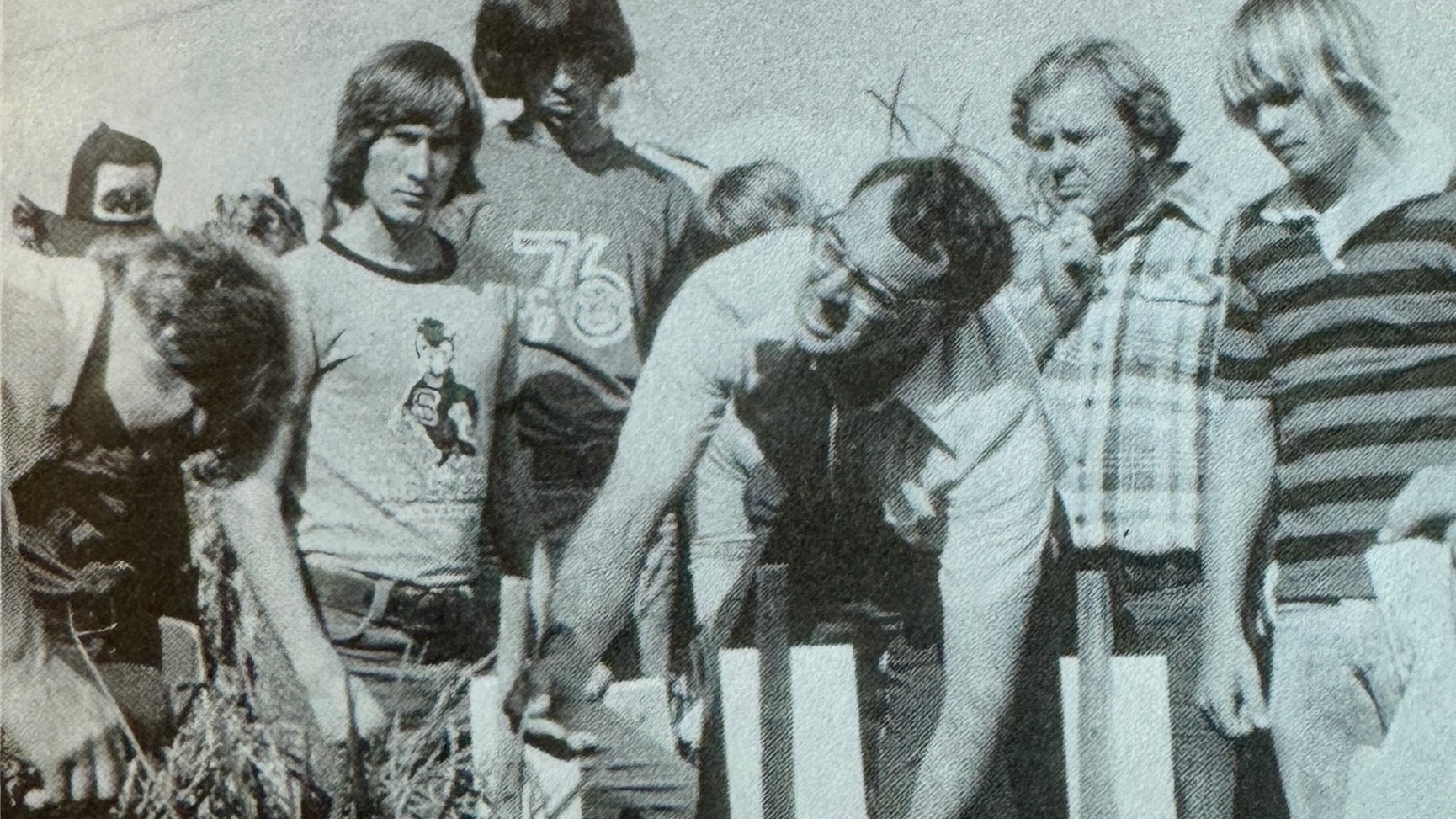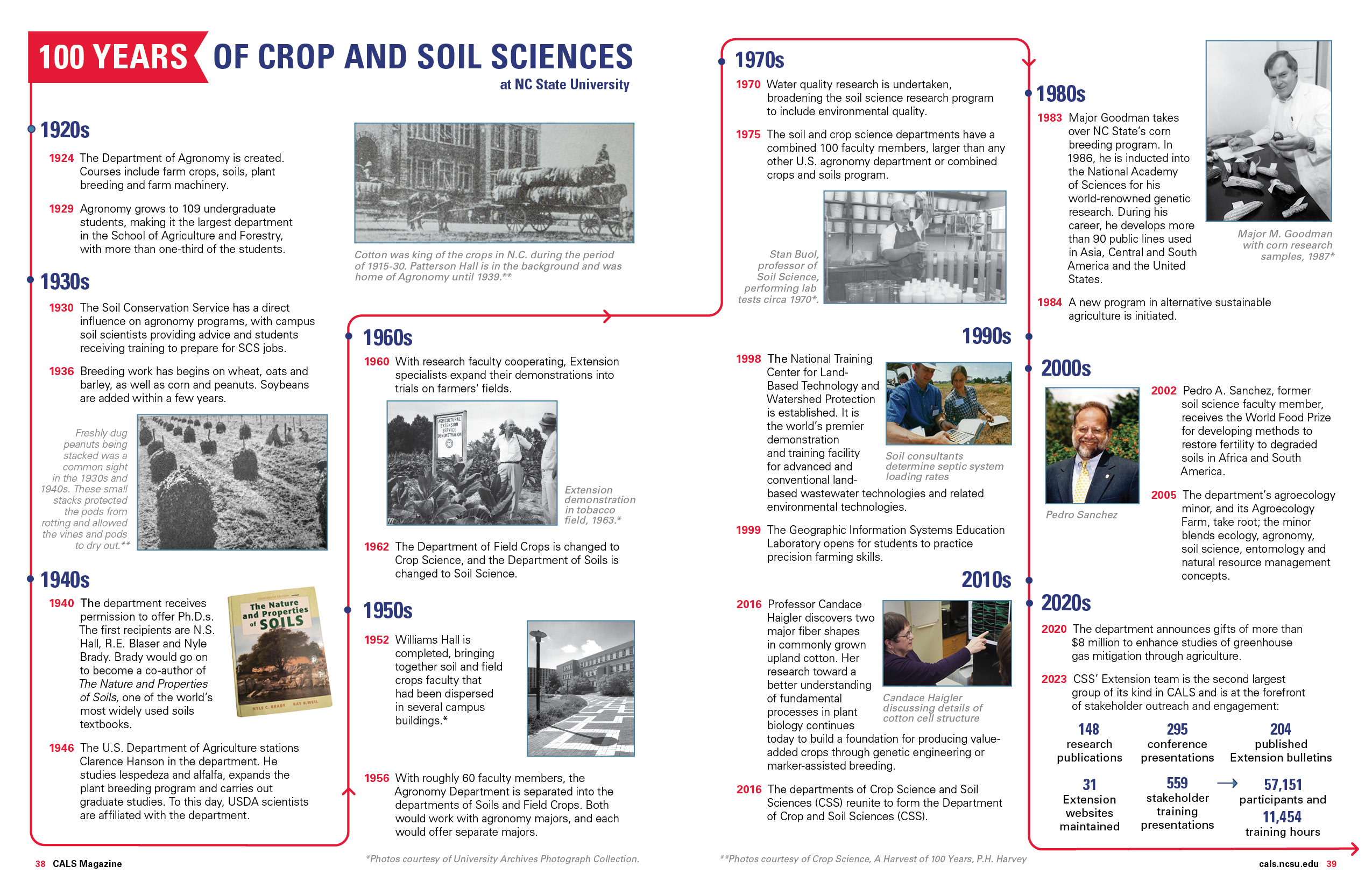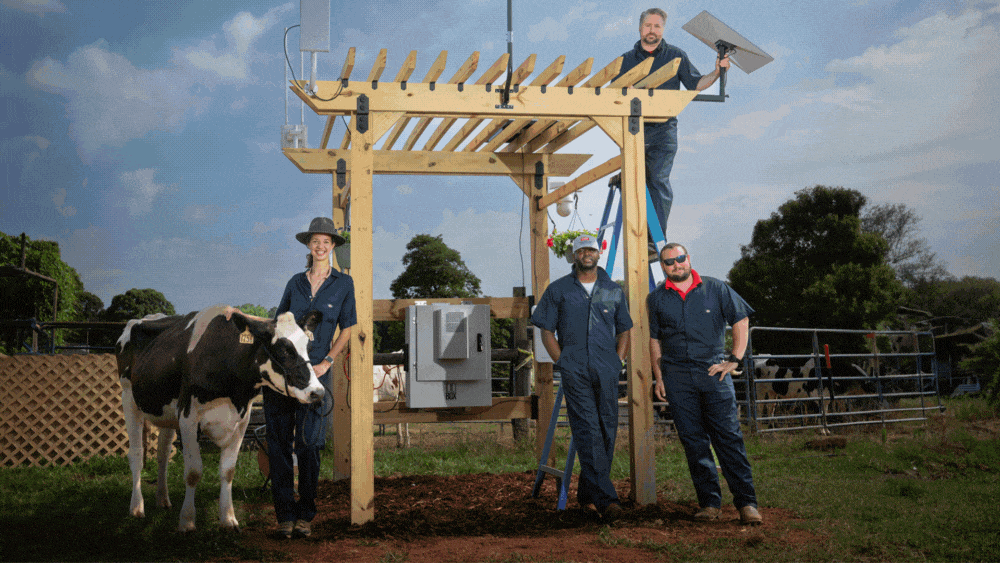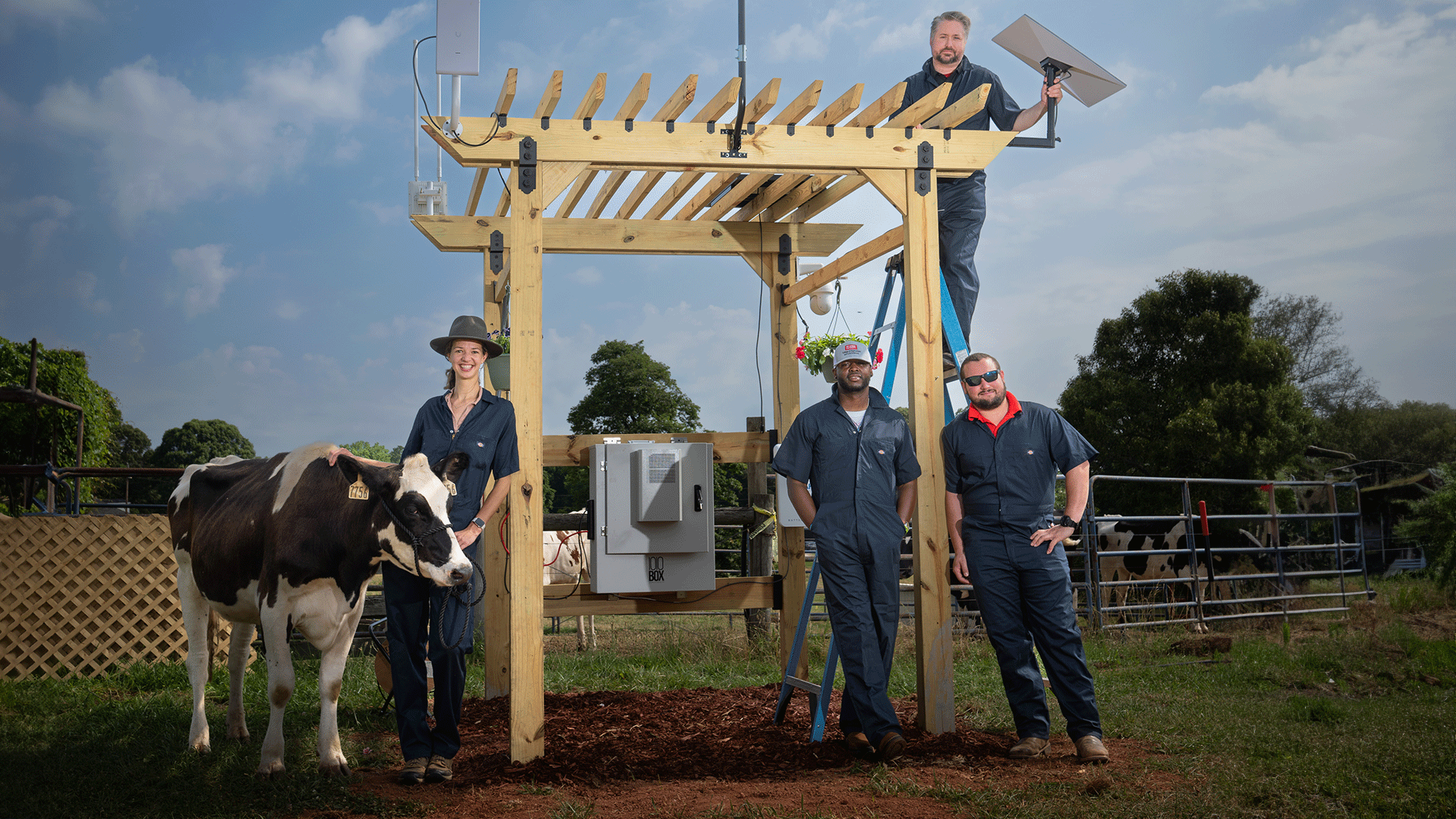On the Shoulders of Giants
Celebrating 100 Years of Crop and Soil Sciences

The NC State University Department of Crop and Soil Sciences has a rich 100-year history of growing agricultural and environmental sciences in North Carolina and around the globe, but the department has never rested on its laurels. Its focus has been, and will remain, on the future.
Department Head Jeff Mullahey points to several forward-looking projects that faculty, staff and students are working on, many of which involve realizing the promises of precision agriculture by deploying the latest in advanced technologies.

“It goes from the simple UAV, or drone, to what they call deep learning, where a computer is using machine learning to tell you answers to questions that you didn’t even know existed,” he says.
Researchers and Extension specialists are also digging into agricultural and soil management issues related to the challenges of climate change. Projects include developing strategies using wetland buffers to help grain farmers deal with saltwater intrusion in coastal areas, and adding soil amendments to sequester carbon in the earth.
Crop and Soil Sciences is also making significant progress in what’s called “speed breeding,” Mullahey notes. Conventional breeding has been time-consuming, taking upwards of a decade to produce an improved cultivar. But new methods are cutting that time by years.
“We’re using genomic selection with molecular markers and high-throughput phenotyping with drones in the field to reduce the traditional breeding cycle of crops by several years,” Mullahey says. “Computational biology enables researchers to analyze big datasets … leading to shortened breeding cycles.”
Mullahey is quick to point out that such advancements haven’t come from thin air.
“We used momentum gained by a multitude of faculty who have come through this department,” he says. “Their innovation and discoveries helped us get where we are today. They laid the building blocks that have allowed the rest of us to come along and to add to it.
“The hardcore basic science that they laid down on the third and fourth floors of Williams Hall — without that, the applied science that in many ways we are known for today could not go on to the next step,” Mullahey adds.
Just as the department’s giants of the past couldn’t have predicted all of today’s challenges in crop and soil sciences, those of the present cannot say with certainty what’s next.
Still, Professor Bob Patterson, who was a student in the 1950s and joined the faculty in the 1960s, hopes that a common thread from the department’s earliest days will carry forward: “I hope we can continue to provide opportunities for all those students who we attract to become prepared in ways that are important to them to live the life that they want to live,” he says, “and in such a way that their head and their heart can come together in a healthy way.
“That’s an answer from the academic side, but I think it applies to research and Extension, too. It’s what we want for all.”

Timeline and graphics by Patty Mercer.
- Categories:


